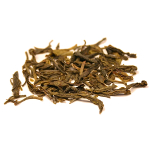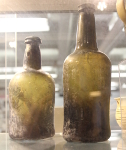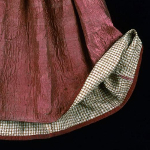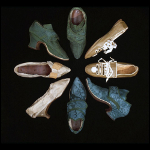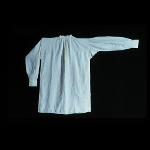Artifact: Snuff Box

Materials: Pewter
Dimensions: OH: 5/8"; OL: 1 5/8"; OW: 1 1/16"
Date: 1792-1805
Origin: Sheffield, England
Collection: Image Courtesy of The Colonial Williamsburg Foundation
License: All rights reserved
Ledger Entry: Snuff Box

Department: Personal
Customer: Bridget Castelow
Ledger Page: 106
Imported From: While snuff boxes may have been produced locally, extravagent examples were likely imported from England, France, or Germany.
Product Description
Snuff boxes were pocket-sized containers carried by men to hold snuff, a fine powdered tobacco. The popularity of snuff among the aristocracy, snuff boxes were often used to display conspicuous wealth and were often ornately decorated via engraving, enamel, or even encrusted in jewels. Snuff boxes were made of wood, horn, copper, brass, sliver, gold, or tortoiseshell.
Citation: "Snuff-boxes and snuff bottles." In The Grove Encyclopedia of Decorative Arts, edited by Campbell, Gordon. : Oxford University Press, 2006.; Publication, IARC Official. Smokeless Tobacco And Some Tobacco-Specific N-Nitrosamines. Geneva :World Health Organization, 2006.
Historical Price: 2 shillings; Modern USD: $22.4
Product Variations
The databases record four purchases of snuff boxes. While snuff was used predominantly by men, three of the four purchases of snuff boxes were by women. Their prices range from nine pence to two shillings.
